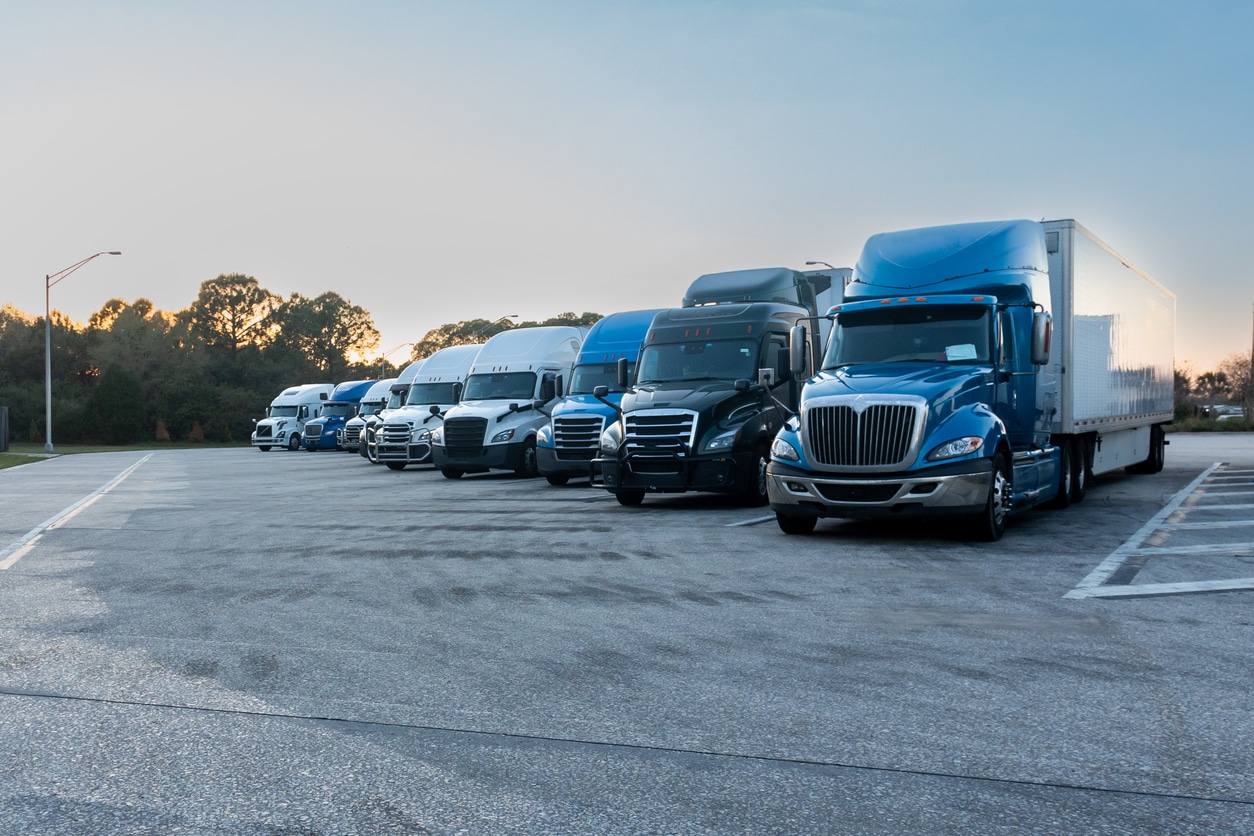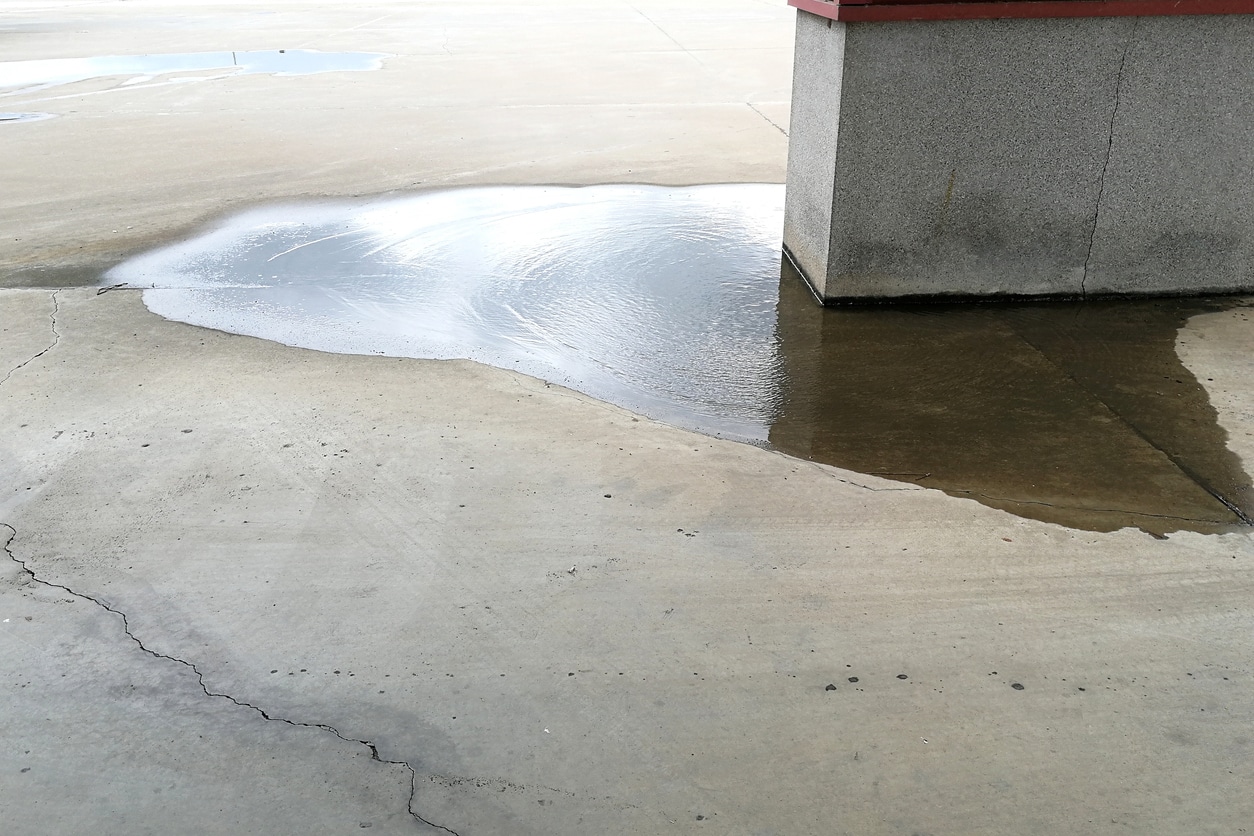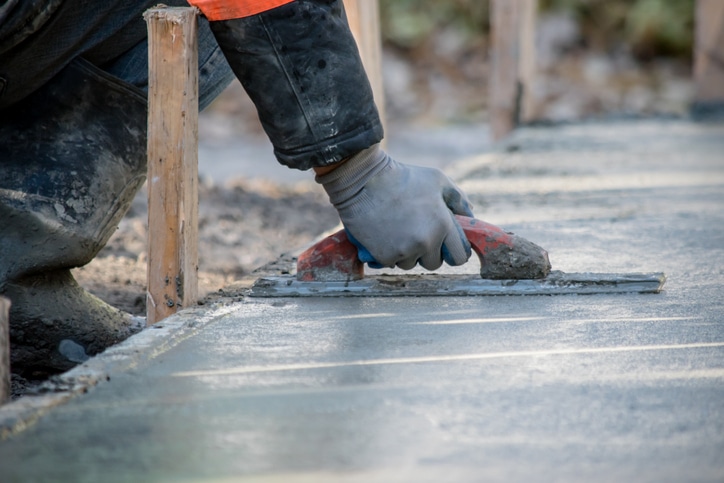Truck parking lots for commercial use must accommodate heavy loads and larger vehicles. Additionally, mixed-use…
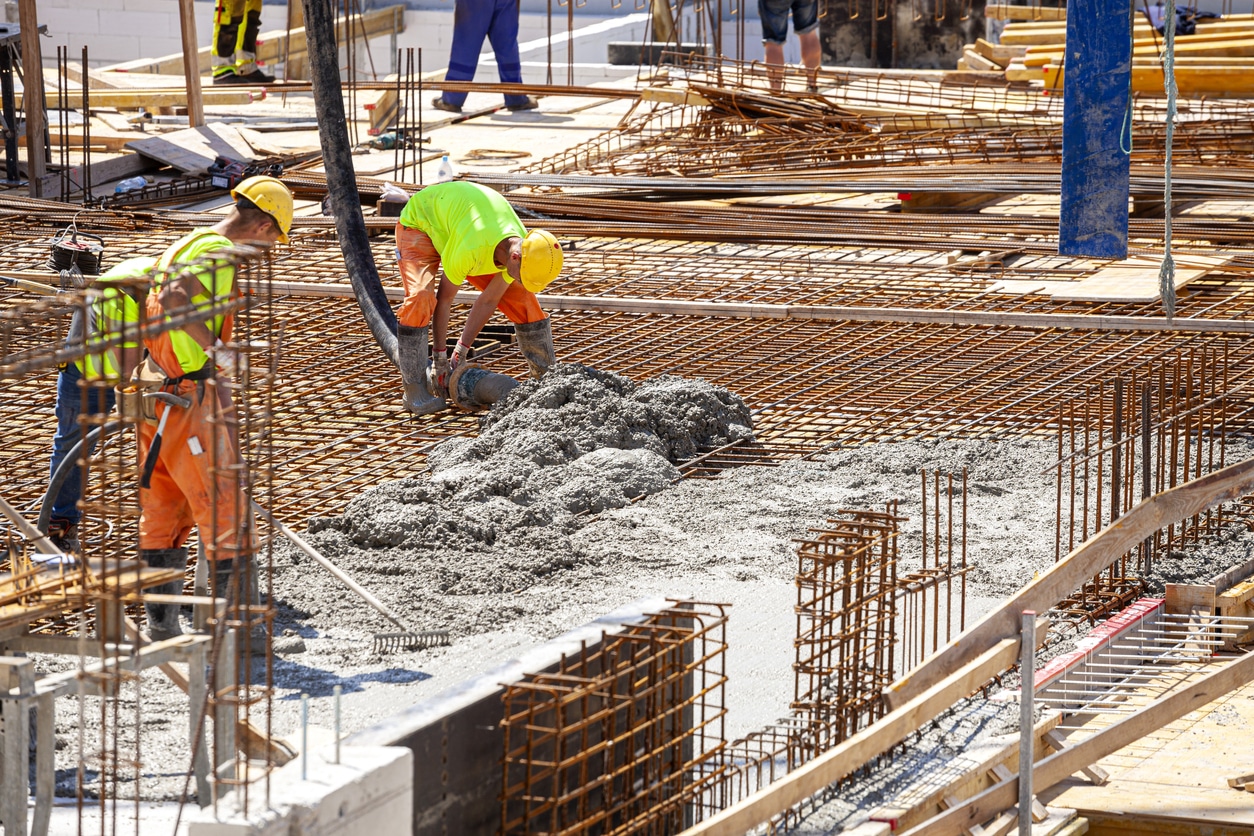
Key Considerations for Paving a Commercial Parking Lot
A commercial parking lot is a place for employees and visitors to drive and park their vehicles, but it’s also much more. It’s the first thing people see when they come to your business. It needs to be durable, attractive, and easy to navigate, and it must effectively drain excess water. It comes with an initial expense and a cost of maintenance. Here is a commercial parking lot paving guide with some key points to consider.
Which Materials To Use
Asphalt is the most commonly used paving surface, but in some cases concrete is the better choice. Each has its advantages.
The initial cost of asphalt is generally lower. However, asphalt needs to be seal-coated during its lifetime, and its maintenance costs are higher. Both are long-lasting with proper care, but concrete lasts longer.
A concrete parking lot might get you about 50 years as opposed to around 30 for asphalt. Asphalt can be produced in different formulations that are adjustable to the local temperature, and it allows for easier snow removal.
Many people prefer the curb appeal of concrete. It is lighter in color, which reflects rather than absorbs heat, and it often requires less powerful lighting at night. If, at some point, you want to replace only part of your lot, it’s easier to do with asphalt.
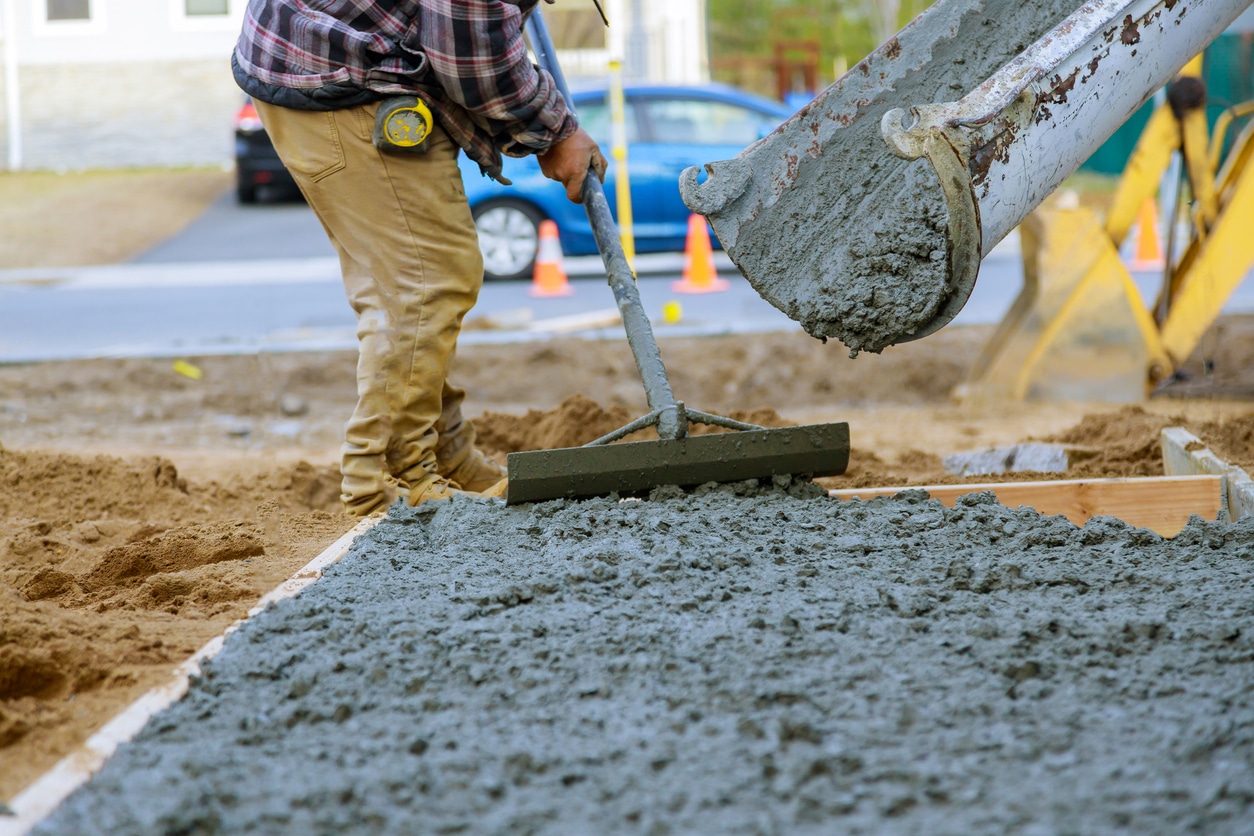
Strength Requirements
A parking lot in a shopping center may be used mostly by passenger cars, while a manufacturing facility or warehouse lot experiences heavy truck traffic. These scenarios have different requirements for durability, which translates into different surface thickness and site preparation.
For concrete, this means variable thickness, typically from six to 12 inches. Asphalt lots may be from around three to eight inches, and the requirement can vary by region depending on such things as freeze-thaw cycles.
Rigid concrete slabs generally do not require much subgrade work. It is more common for asphalt subgrade to be replaced with soils that have better strength, drainage, and frost resistance. No matter what the paving material is, the subgrade needs to have a uniform density without transitions from hard to soft.
Proper Drainage
Things that don’t drain properly are unappealing as well as a safety hazard to anyone who has to park there. Furthermore, standing water can shorten the life of your surface. The drainage system must be tailored to local conditions, e.g., it must be able to handle a downpour if that’s common in the area so that water runs off the lot and into management systems.
Gutters and drains must be sufficient. Sustainable urban drainage systems (SUDS) imitate nature’s water path for a reduced environmental footprint. In some lots, permeable pavers are adequate as a driving surface, and they not only drain the lot but also recharge groundwater.
Lifetime Maintenance
The initial commercial parking lot paving is only part of the expense and effort. There’s also the maintenance of commercial parking lots to consider. Concrete should be sealed periodically with penetrating sealers and surface sealers to reduce moisture intrusion, and some cracks may need to be filled in. Asphalt surfaces will need more maintenance over their lifetime, including seal coating, crack sealing, and pothole repair.
All surfaces will have to be restriped every few years to ensure that they’re visible in all light conditions.
Lot Layout
Durability and longevity are key considerations in paving a commercial parking lot, but the purpose of the lot is to serve visitors. The area needs to be smooth, level and free of potholes, and it also needs to be marked in a way that makes it obvious where drivers and pedestrians are supposed to go. That means obvious entrances and exits as well as clear signs and striping for parking spaces, crosswalks and traffic flow.
Parking spaces must be large enough for people to get in and out of vehicles. Parking lots need to be ADA-compliant with convenient handicap spaces and curb cuts.
Curb Appeal
The parking lot is the first thing your visitors see. If most of your visitors are customers, it’s vital to make the right initial impression. When people pull into a uniformly gray parking lot, it dampers their mood, even if they don’t realize it. When you design your lot, leave room for some beautification. This can include a few shade trees and shrubs. Flowers may be planted in the ground or within concrete barriers.
Adequate Lighting
Poorly lit parking lots are inconvenient for visitors and increase the risk of accidents. Make sure that your design includes enough lighting fixtures to illuminate the entire lot and provide adequate light around the entrances and exits. Proper light not only makes your commercial parking lot more attractive and easier to use. It’s also a deterrent to crime.
More and more commercial property owners are choosing LEDs for their energy efficiency, longevity, and consistent illumination.
Choosing a Contractor
No commercial paving lot decision is more critical than choosing parking lot paving contractors. The right contractor will partner with you on the design of the lot, including subgrade preparation, surface thickness, lot layout and drainage. Requirements vary depending on your location, weather, topography and the needs of your business. An experienced local contractor can offer and implement the best solution for your specific needs.
K&E Flatwork is the leading commercial concrete contractor in the Kansas City area. We’ve been providing parking lots and other concrete installations since 2005, and our experience, integrity, and high-quality service ensure you have a commercial parking lot to satisfy you and your visitors for many years.
WORK WITH THE #1 COMMERCIAL CONCRETE CONTRACTOR IN KANSAS CITY

